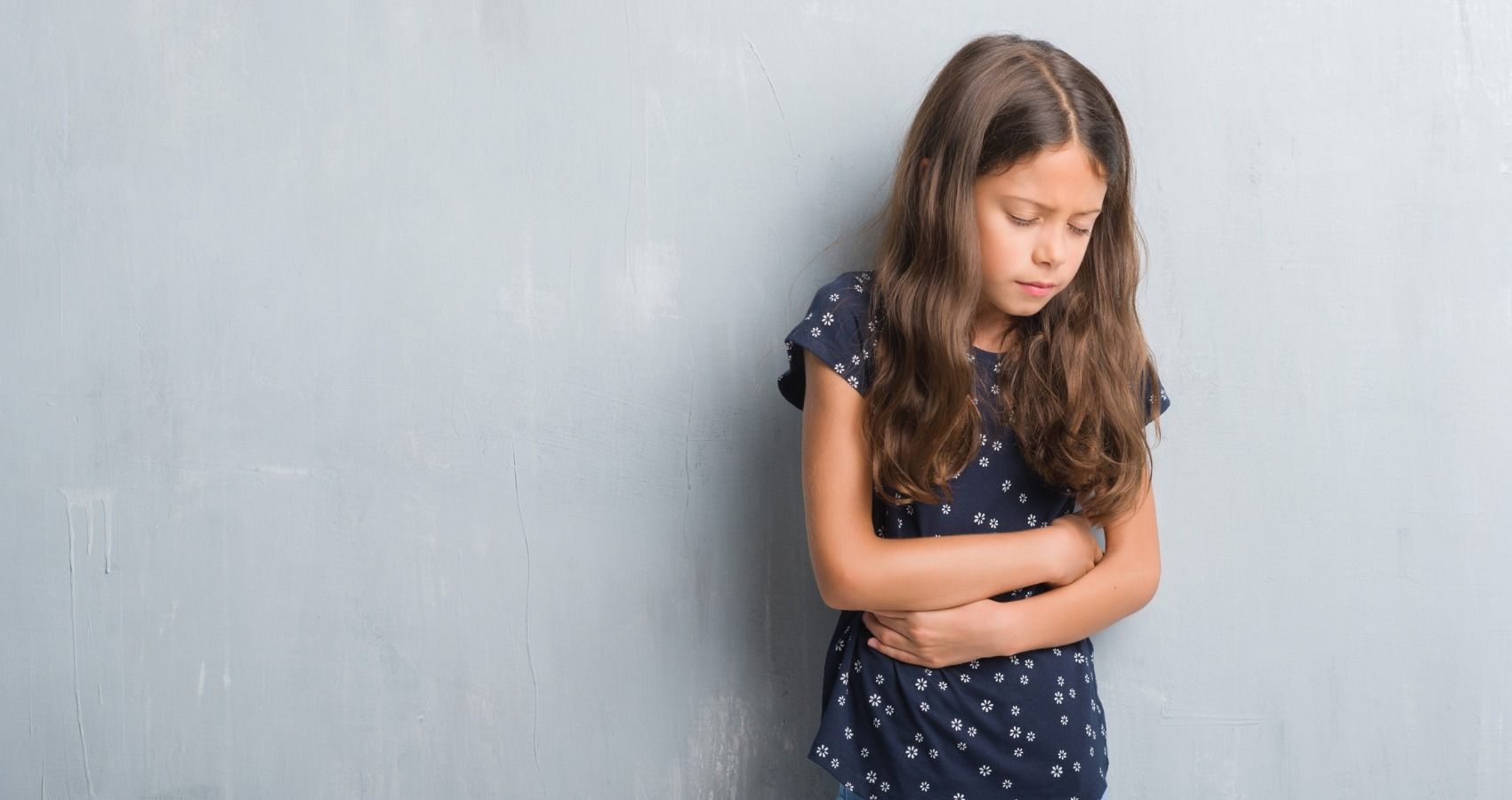Salmonella is a bacterial infection that can cause sickness including (but not limited to) diarrhea. The bacteria infects humans by way of tainted food or water, and causes problems in the intestinal tract. A salmonella infection is referred to as salmonellosis, and can be either mild or severe. Most of the time, it's extremely unpleasant, and can be especially hard for parents to watch their children suffer with a case of it.
How Common Is Salmonella Infection?
According to kidshealth.org, the majoirty of salmonella infections in kids hits those that are 4-years-old or younger. Kids and infants are at especially high risk of salmonella poisoning. The fact that they put so many things in their mouths and are too young to take control of their own hygiene practices puts them at risk.
According to the Centers for Disease Control and Prevention, "salmonella causes about 1.2 million illnesses, 23,000 hospitalizations, and 450 deaths in the United States every year." Of that number, the center estimates that nearly 1 million of those cases is caused by food.
Salmonellosis is actually very common, but not all cases are known by the person who's been infected. Some infections go undetected, while others cause gastroenteritis within a matter of hours or days. Gastroenteritis is another name for the diarrhea and intestinal upset that comes along with salmonella poisoning. This is the hallmark symptom of a case of salmonellosis, and can be difficult and messy for children and parents alike. Although many cases don't make people sick at all, the chances of a child falling ill from the bacteria is increased.
How Is It Contracted?
Salmonella itself is a bacteria that can be found in animal intestinal tracts (this includes humans). Many cases of salmonellosis is foodborne, from items that have been infected by fecal matter. The most common items that are implicated in infections are raw meat and poultry, eggs, unwashed vegetables, and unpasteurized milk. There is also a risk with petting or playing with livestock, such as chickens.
What Are The Symptoms?
Symptoms include diarrhea, vomiting, fever, headaches, and cramps. Although salmonella can clear itself naturally, people who are especially fragile or prone to illness can receive antibiotic treatment. It's important to look out for cases of dehydration in especially bad cases. If your child is sluggish and dizzy, with dark or very little urine and dry mouth then you should contact a doctor because these are signs of dehydration. Additionally, if the diarrhea lasts for more than 2 days you should seek medical help because this is a big risk of dehydration for your child as well.
How To Treat
To tell if it is a true case of salmonellosis, the definitive test is to get a stool sample and test for the bacteria. Giving your child plenty of rest and fluids as well as over the counter painkillers suck as acetaminophen can be helpful for their comfort.
Most Salmonella gastrointestinal infections last for 4 to 7 days, and even without any treatment, it will usually clear up on its own.
How To Prevent
To prevent cases of salmonella poisoning, it is important to follow good cleaning and cooking practices. Make sure that when cooking meat or eggs that you cook it until the items are at a temperature that is safe for consumption. You can use a food thermometer to help with this. It is also important to wash your produce so that if there is bacteria on it it will be cleaned away.
Frequent and proper handwashing is advised, and in the case of children make sure to help them with this to make sure that they are doing a thorough job. Children don't often think to wash their hands unprompted. To further help prevent infections, make sure to use hot soapy water on dishes and cutting boards, and to sanitize your counters and food preparation areas with cleaners or bleach.
Ultimately with salmonella, a little bit of prevention can go a long way in ensuring that you and your children are safe. Making sure to help your kids learn to take up proper hygiene practices may save you a lot of time, trouble and discomfort down the road.
READ NEXT: Stomach Flu In Toddlers: Causes, Symptoms And Home Remedies

